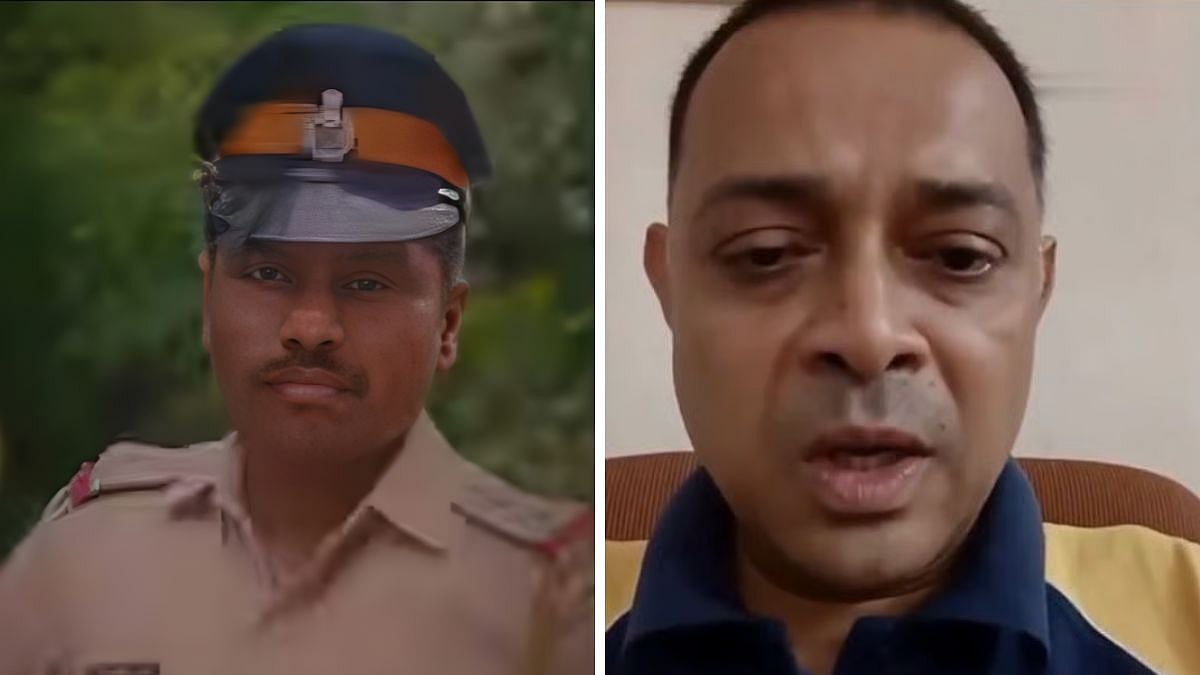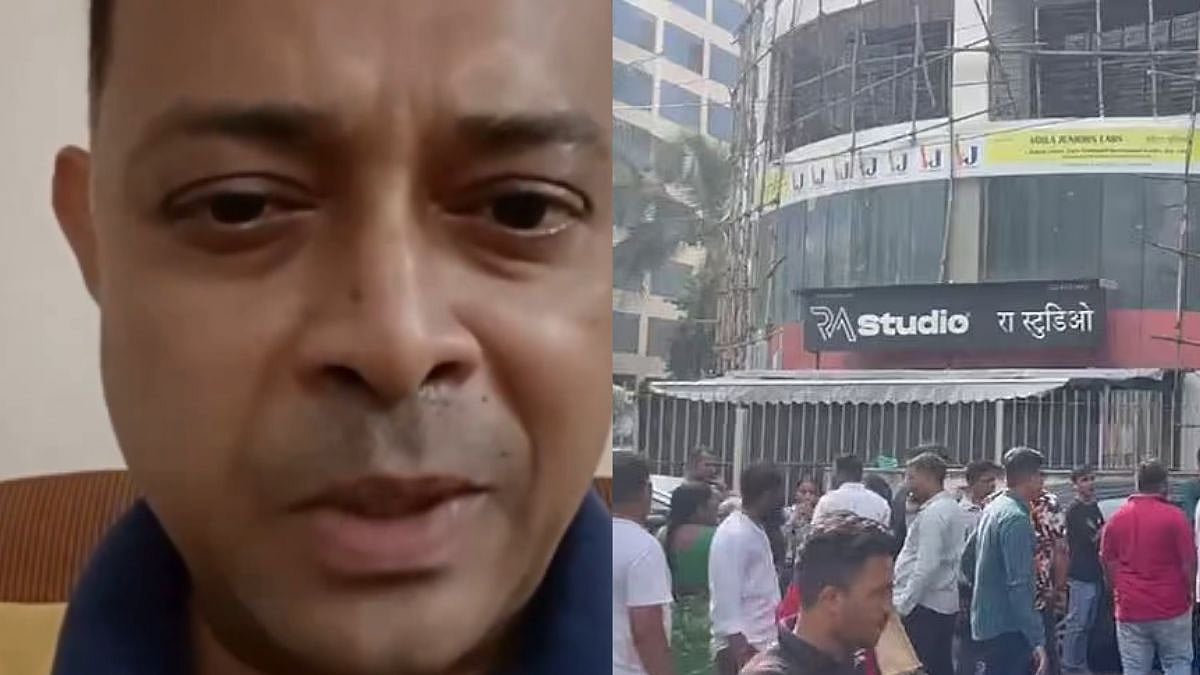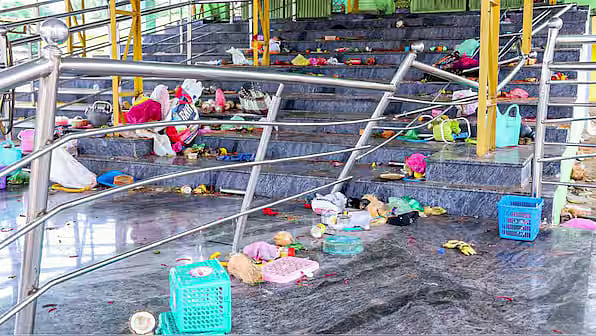There appears to be a lot more to the Rohit Arya hostage story than what is known at this time, but given that the trail of this curious hostage-shootout situation goes all the way into the corridors of the Maharashtra government, the entire truth may never come out. As is known by now, Arya took 17 children and two adult hostages in a studio in Powai, a posh suburb of Mumbai, this Thursday and threatened them harm in a video he put out. A filmmaker, Arya had reportedly worked in collaboration with the state's education department to promote cleanliness by developing an initiative called Swachhata Monitor. Arya claimed, in his video, that he was committing the criminal act over the non-payment of crores worth of dues for the project and that the government department had robbed him of the concept.
The government has, expectedly, denied the charge and alleged that there were inconsistencies in the documents that Arya had submitted, which has delayed the payment process. The complete story lies somewhere in between his bitter dispute over the unpaid funds and the department’s allegations of his corruption. The government is unlikely to shed light, and the Mumbai Police, while rescuing the hostages through the rear entrance, shot Arya to kill him rather than immobilise him despite the presence of specialised forces. The saga reeks of tangled threads between the government and a private individual over something as fundamental as cleanliness, turning this, ironically, into a murky one. It may be easy to see Arya as the villain, given that he took innocent children or teenagers hostage, calling them to the studio on the pretext of auditions, but it would be myopic too. Even if clumsily, Arya pointed to a trail that must rightfully lead to the person or persons in the state education department.

However, experience tells us it is unlikely because the system must be protected while the individual accuser is dispensable. This then points to an entire web of nexuses, wheels within wheels, between people mandated to be in public institutions and governments handling public funds and private citizens who are contracted to work for them. Much of this, every day, happens behind closed doors and in clandestine places, keeping the citizenry in the dark until, suddenly one day, an event like the hostage drama draws attention to it. Transparency and accountability, two pillars on which all governance must stand, were clearly short-circuited in this instance; there may be hundreds or thousands of similar murky deals in which the values are given the short shrift and remain unknown to citizens. The Arya incident must not be allowed to fade away, irrespective of the amount of money involved, if only to underscore that transparency and accountability matter—even if they are currently out of fashion.









